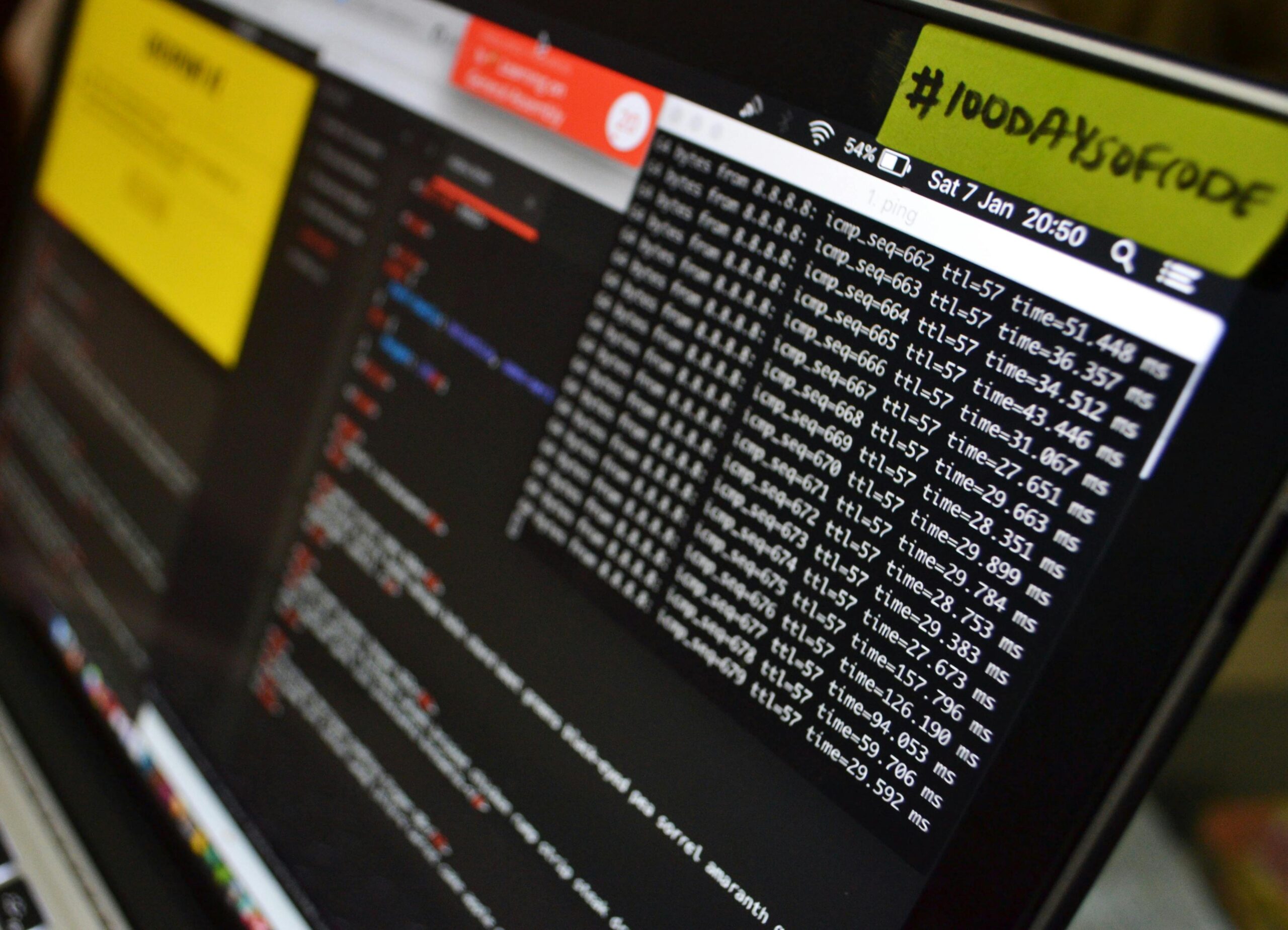AI is changing how businesses edit their content.
Tools like Grammarly and ProWritingAid help make editing faster and easier by fixing mistakes, improving clarity, and keeping the content consistent with the brand’s style.
But there’s a big question — how much should businesses rely on AI? Can it replace the personal touch of a writer? Will the content still feel real and connect with readers?
This article looks at these challenges and shares how businesses can use AI to make their content better while keeping it authentic and relatable.
First Off, Let’s Understand The Rise Of AI In Business Copy Editing
“AI editing tools are getting better at handling tasks like fixing grammar, checking tone, making content easier to read, and even matching a brand’s style. Nowadays, many businesses use these tools for things like social media posts, emails, website content, and product descriptions. What makes AI so useful is its ability to learn from lots of examples. This means it can suggest changes based on what works best, helping businesses create content that looks polished and professional every time,” mentions Jose Gomez, Partner/Co-Founder at Summit Metals.
While AI tools have many benefits, some people worry they might reduce human creativity and originality. The question is — how much should we let AI handle, and when should humans step in to keep content authentic and personal?
Ethical Considerations In AI-Driven Copy Editing
There’s no doubt AI-driven copy editing is best, but there are some considerations that you need to be aware of.
Keeping content original and personal
One big issue with using AI for editing is that it takes away the unique voice and creativity of human writers. Relying too much on AI to “perfect” content can result in writing that feels plain, generic, or lacks personality. This is a big issue for industries like lifestyle, fashion, or travel, where a brand’s unique style matters most.
“Businesses need to think about how much editing is too much. Should AI only fix grammar and small errors, or should it rewrite entire sections? Striking a balance is key to keeping content authentic and making sure it connects with readers,” says Suman Pushparajah, Co-Founder & CEO of AI-powered Voice Agent – Foni.ai.
Risk of algorithmic bias
AI tools learn from large sets of data, but this data sometimes carries biases that lead to problems.
Michael Jensen, CMO at Forsikringssiden, shares, “AI tools are trained on lots of data, but this data can include hidden biases. For example, AI might accidentally support stereotypes or reflect cultural assumptions that weren’t intended.”
This is a big issue for businesses that want their content to be fair and inclusive for everyone. To avoid this, companies should check the data behind their AI tools and update it regularly. This helps ensure the tools stay fair and create content that reflects values like equality and respect for all audiences.
Transparency and disclosure
Transparency is an important part of using AI for editing. Should businesses let their audience know when AI is used to edit content? In some cases, like customer service chatbots or social media posts, being open about AI involvement can help build trust.
For example, businesses could add a note saying the content was improved with AI to keep things honest and authentic.
As Aleksander Nowak, Research Analyst at Highticket.io says, “How much transparency is needed depends on the audience and the industry. Some people expect perfectly polished content, while others appreciate the natural feel of human communication.” Finding the right mix of polished content and honesty is key to keeping credibility with customers.
Ethics of surveillance and writer autonomy
AI tools often track how writers work to learn from their edits and give helpful suggestions. But there’s a fine line between using AI to improve content and making employees feel watched. In workplaces where AI is used daily, some writers feel pressure to follow AI’s suggestions instead of using their own creativity.
Businesses need to make sure these tools are seen as helpers, not as a way to monitor employees. To keep things fair, companies can offer training on how to use AI as a support tool. This helps writers stay in control of their work while benefiting from AI’s assistance.
Practical Strategies For Balancing AI Efficiency With Authenticity
Here are the strategies for balancing AI efficiency with authenticity.
Establish clear brand voice and tone guidelines
According to Ryan Smith, Founder of Titan Protection & Consulting, “Setting clear guidelines for your brand’s voice and tone is super important. These guidelines help AI tools make edits that match your brand’s style and values. For example, if your brand has a friendly and conversational tone, the AI should be set up to follow that. On the other hand, if your industry needs a formal and professional tone, the guidelines should teach the AI how to stick to those standards.”
When the AI works within these rules, it’s less likely to change the writer’s personal style and more likely to keep the brand’s voice consistent across all content. This helps your business sound genuine and stay true to its identity everywhere—on social media, in emails, or on your website.
Encourage human-AI collaboration
Andy Slack, Founder of JuicyLlama, says, “Working together with AI tools is key to avoiding over-reliance on automation. AI can handle simple tasks like fixing grammar and basic edits, while humans focus on creativity and style. This balance ensures content is fast and consistent but still feels authentic.”
In practice, human editors can review and tweak AI suggestions to make sure the original message stays clear. This approach values the skills of human editors, letting AI assist without taking over.
Check for bias regularly
“Regularly checking AI for biases can stop harmful or insensitive language from slipping through. This involves looking at the AI’s suggestions for any signs of stereotypes based on race, gender, or culture. If biases are found, updating the AI’s training data can help fix these issues,” adds Peter Brooke, CEO at HealthPlusLife.
This is especially important for industries like healthcare, education, or public policy, where content must be fair, inclusive, and accurate.
Involve writers in AI training
According to Paul Cannon from Cannon Creek, “Having writers and editors help train AI makes its suggestions feel more natural and aligned with the brand’s tone. AI can learn from human input to adapt to details like tone or region-specific language.”
By including writers in the process, businesses can make sure AI enhances creativity rather than overshadowing it. Writers also feel more in control. Knowing their input shapes how AI supports their work.
Future Prospects: AI And The Evolution Of Authentic Business Content
When we look to the future, the way AI works with authentic content is likely to change. So, let’s discuss this.
Context-aware AI and customization
In the future, AI might get better at understanding things like culture, humor, and local expressions. Alex L., Founder of StudyX, says, “AI can make editing more personal by adapting to the unique needs of different audiences and campaigns without losing the brand’s personality.”
This progress creates new ways for AI and humans to work together. Like, a fashion brand might use AI to add trendy phrases, while a tech company could use it to keep a professional tone.
Build consumer trust through ethical AI use
As people become more aware of AI in content creation, businesses have a chance to stand out by using AI responsibly. Being honest about how AI is involved — like mentioning it was used in editing — can help build trust. This openness shows respect for the audience and strengthens the brand’s reputation for being genuine and ethical.
Conclusion
Using AI in business editing brings unique challenges. Companies need to find the right balance between the speed and efficiency of AI and the authentic touch that only humans can bring. This is all about showing a brand’s dedication to creativity, originality, and ethical practices.
As AI tools become more advanced, businesses should focus on being transparent, checking for biases, and encouraging teamwork between AI and human editors. This approach allows companies to take advantage of AI’s strengths while keeping their content real and relatable.
And when used responsibly, AI supports human creativity that helps brands share messages that are polished, professional, and genuinely impactful.




